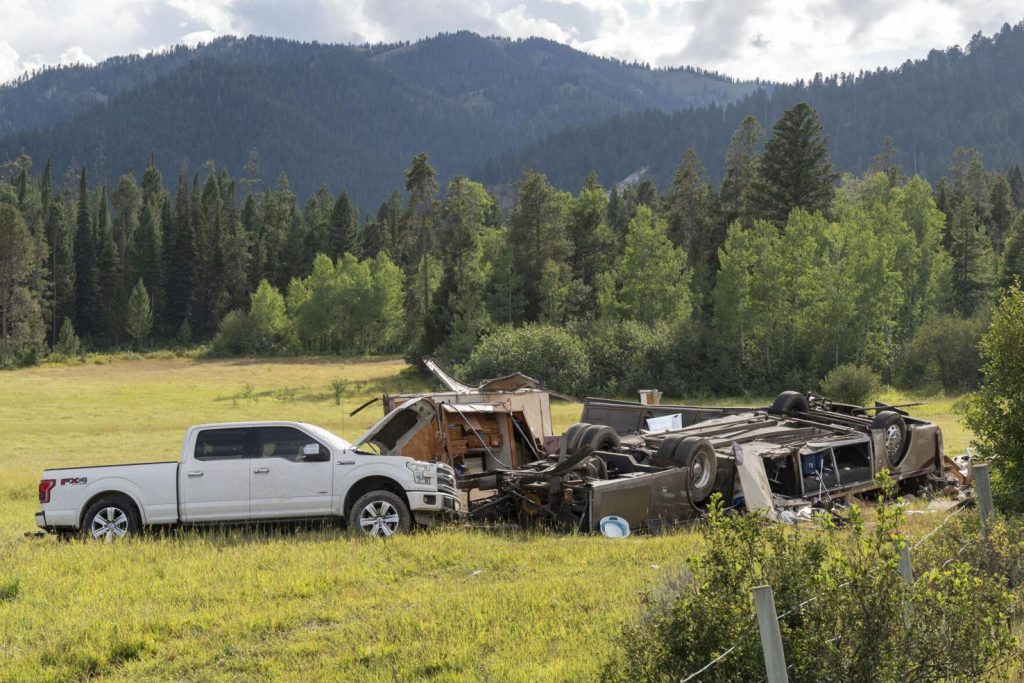
When it comes to towing an RV, safety should always be your top priority. Understanding the appropriate speed at which to tow your recreational vehicle is crucial for ensuring a safe journey, whether you’re heading to a nearby campground or embarking on a cross-country adventure.
The general consensus among RV experts is that the safest maximum speed for towing an RV is between 55 and 65 miles per hour. This range is considered a safe speed that allows for ample reaction time in case of sudden traffic changes and helps maintain control of both the tow vehicle and the RV.
Factors Influencing Towing Speed:
1. Weight and Size of the RV: Heavier and larger RVs take longer to stop and are more challenging to maneuver. Therefore, it’s advisable to drive at the lower end of the safe speed range.
2. Road Conditions: On major highways, you might be able to tow at the maximum safe speed, but on smaller or windier roads, it’s wise to reduce your speed by 10 to 20 miles per hour to ensure control and stability.
3. Weather Conditions: Adverse weather conditions such as rain, snow, or high winds necessitate slower speeds to prevent loss of control or trailer sway.

4. Traffic Laws: Always adhere to local speed limits, and be aware that some states have specific speed limits for vehicles towing trailers.
5. Tire Ratings: The tires on most travel trailers are rated for 60 to 65 miles per hour. Exceeding these speeds can cause excessive wear and increase the risk of tire failure.
6. Comfort Level: Ultimately, you should never tow faster than what feels comfortable for you. If you’re not at ease driving at the maximum safe speed, it’s better to slow down and drive at a pace that feels manageable.
Preventative Measures for Safe Towing:
– Regular Maintenance: Ensure your RV and tow vehicle are in good working order before hitting the road. This includes checking brakes, tires, lights, and all hitch components.
– Proper Weight Distribution: Load your RV evenly and use weight distribution systems if necessary to prevent trailer sway.
– Use of Tow/Haul Mode: Many tow vehicles have a tow/haul mode that adjusts the transmission shift patterns to better handle the increased load, improving control and safety.
– Defensive Driving: Stay alert, maintain a safe following distance, and be prepared for the actions of other drivers.
– Practice Makes Perfect: If you’re new to towing an RV, practice in a safe, open area to get a feel for the handling and braking differences before venturing onto busy roads.
By following these guidelines and driving within the recommended speed limits, you can help ensure a safe and enjoyable trip with your RV. Remember, the journey is just as important as the destination, so take your time, enjoy the ride, and arrive safely. Safe travels and happy camping!!!
If you have questions or need any information, feel free to contact me at mike@lastingmemoriesrv.com
